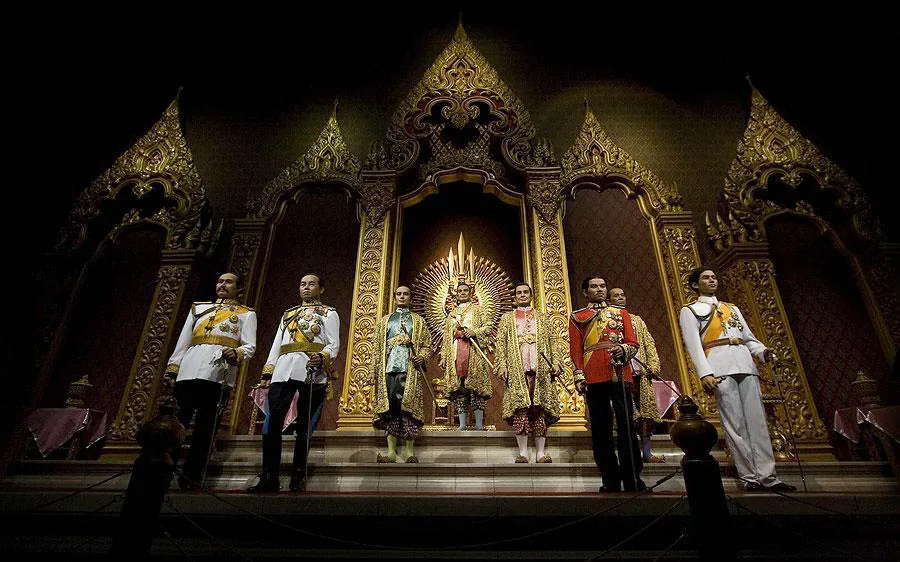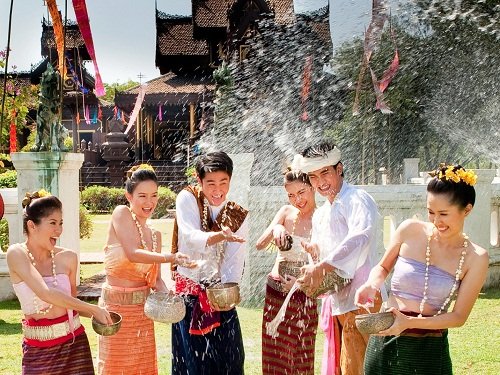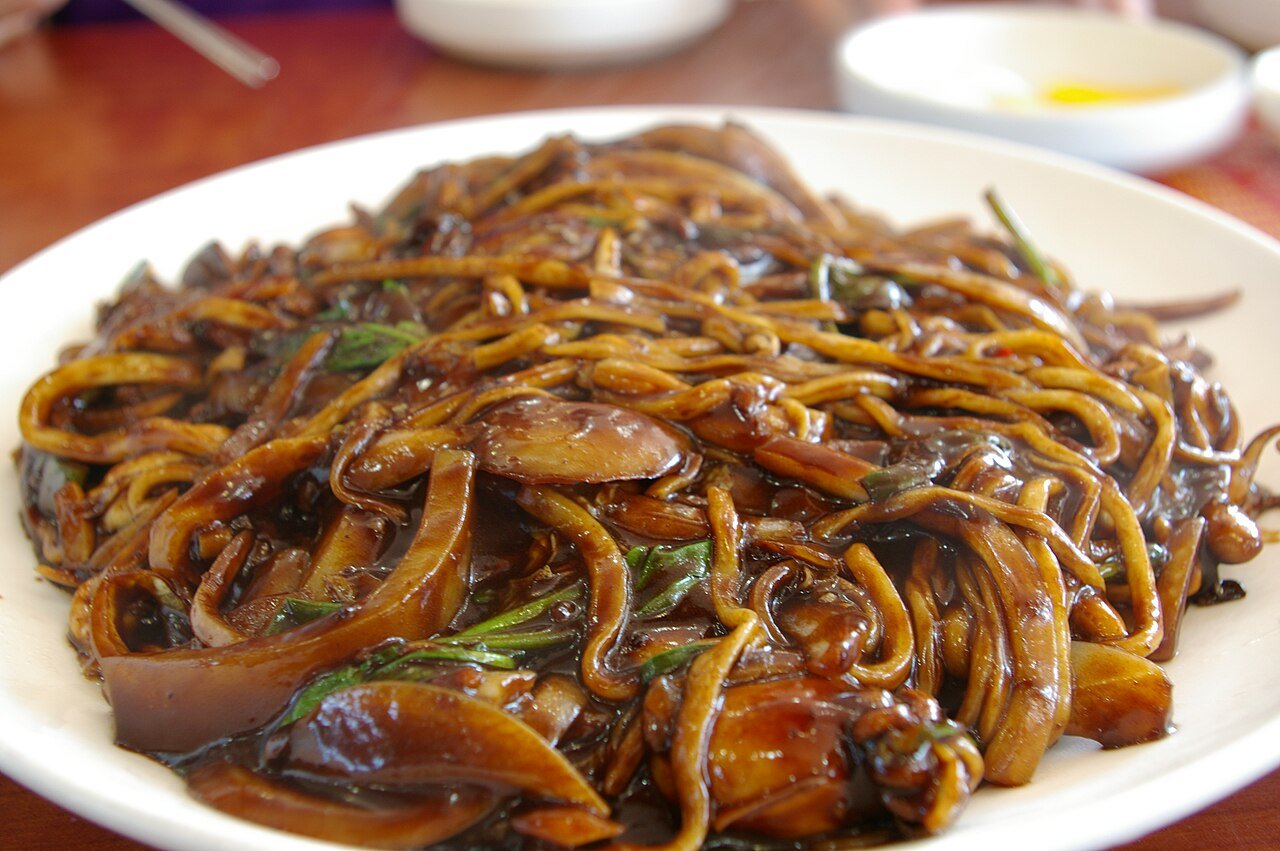The Far East is the eastern part of Asia. He understands :
- East Asia (Japan, Mongolia, North Korea, South Korea, China, etc.). For Japan, see Shinto
- Southeast Asia (Malaysia, Burma, Thailand, Laos, Cambodia, Vietnam, Indonesia, etc.)
- the Russian Far East, in particular the Pacific provinces and their hinterland.
Much of the Far East was influenced by the various Empires of China. Our list also includes the Oceania region.

Contents
ToggleFestivals in the Far East and Oceania
Holidays of the month
April 4, 2025 (1 event)
April 4, 2025

begin the Hanshi festival (known as the cold meal festival). Since the 7th century BCE, the tradition has been to avoid the light of fires even when preparing meals. The origins of this tradition are quite vague and would come from the noble Jin, Jie Zitui, between romance and reality of the story. #mythology #myth #legend #calendar #4April #JieZitui #Hanshi #China
April 5, 2025 (2 events)
April 5, 2025

Today, the Chinese celebrate Qingmingjie (purity and light). They clean the graves to avoid wandering souls. #mythology #myth #legend #calendar 1TP5China #5April
April 5, 2025

Today, Koreans celebrate Singmogil. In the aftermath of the Korean War, the South Korean government decided to celebrate Tree Day to address the destruction and deforestation caused by the conflict. #mythology #myth #legend #korea #calendar #5April #singmogil
April 6, 2025 (1 event)
April 6, 2025

Today, Thais celebrate Chakri Day. This day marks the founding and establishment of the great Chakri dynasty in 1782 by Phra Buddha Yodfa Chulaloke. He was also known as King Rama I and declared Bangok, then called Krung Thep, the capital of Siam. #mythology #myth #legend #calendar #6April #thailand #ChakriDay
April 12, 2025 (1 event)
April 12, 2025

Today, Thais celebrate the Buddhist New Year for three days, Songkran. Dances, meals and religious traditions, this festival is also the occasion of a huge water fight. #mythology #myth #legend #April 12 #thailand #songkran
April 13, 2025 (3 events)
April 13, 2025

Today, Khmer people celebrate the new year, Chaul Chhnam Thmey. The ceremonies last three days, during the first day, a new devata in animal form comes to take care of the world for the coming year. Afterwards, the Buddha statues are bathed and perfumed, gifts are given to the less fortunate and the ancestors are honored. #mythology #myth #legend #calendar #April 13 #CaulChhnamThmey #Khmer
April 13, 2025

Today, Laotians celebrate Pimai, the new year. Like its Tai-Kadai counterparts, it is a water festival, corresponding to the hottest time of the year, shortly before the start of the rainy season. #mythology #myth #legend #calendar #April 13 #Laos #May
April 13, 2025

Today, the Burmese celebrate Thingyan, the new year and water festival. A cannon is fired and people come out with containers full of water and branches of thabyay, to sprinkle the water on the ground with a prayer. #mythology #myth #legend #calendar #burma #hingyan
April 14, 2025 (1 event)
April 14, 2025

Today, Koreans celebrate Black Day (in contrast to Valentine's Day and White Day a month later). People who did not receive gifts on White Day gather to eat jajangmyeon, noodles with black bean sauce. #mythology #myth #legend #calendar #April 14 #BlackDay #Korea
Cultural areas in the Far East and Oceania
East Asia (or Eastern Asia) is a region of Asia, including: China, Korea (North Korea and South Korea), Japan, Mongolia (sometimes attached to Central Asia) , Taiwan, possibly Vietnam and Singapore, for cultural reasons (these countries are more generally attached to Southeast Asia for their geographical position), the Russian Far East can also be attached to this region.
China was the first colonized region in East Asia and was undoubtedly the core of East Asian civilization from which the other parts of East Asia formed. The various other regions of East Asia have been selective in the Chinese influences they have adopted into their local customs.
The religious phenomenon in the Chinese world is characterized by pluralism, favored by the attitude of the State: since the beginning of the empire (3rd century BCE), the latter has exercised careful control over groups likely to constitute a threat. for power and society and brings overly active sects into line, only exceptionally granting exclusivity to a cult. Syncretism and mixing are common, making the contours of religious groups blurred; we have the impression of being faced with a constellation of philosophies and practices rather than confessions.
Taoism, or rather the Taoist currents, appeared from the 2nd century, inspired by the currents of Yin and Yang and the Five Elements, as well as by the writings of the philosopher Lao Tseu (or Lao-tseu) (老子) dating from the mid-first millennium BC BC, including the famous Book of the Way and Virtue (Tao Tö King), is, with the Book of Changes (Yi Jing), at the sources of Chinese esotericism. These currents were constantly enriched with new influences and provided the whole of Chinese religion with many of its concepts and practices as well as a number of deities.
Founded on the teaching of the life of Confucius, notably through his Analects and the works of his disciples such as Mencius, Confucianism (rujiao 儒教) was established as a state doctrine, reaching its peak during the Song dynasty. Naturally devoted to the interpretations of the ruling dynasties, the original doctrine of Confucius is however not necessarily synonymous with submission to institutions, as some contemporaries observe. Historically, however, Confucianism helped to impose the ideology of the “five relationships” between subjects, intended to strengthen social order and the cosmic link between hierarchical position and celestial virtue.








